Home>diy>Architecture & Design>Under What Conditions Can The Electrical Plan Be Included On The Floor Plan
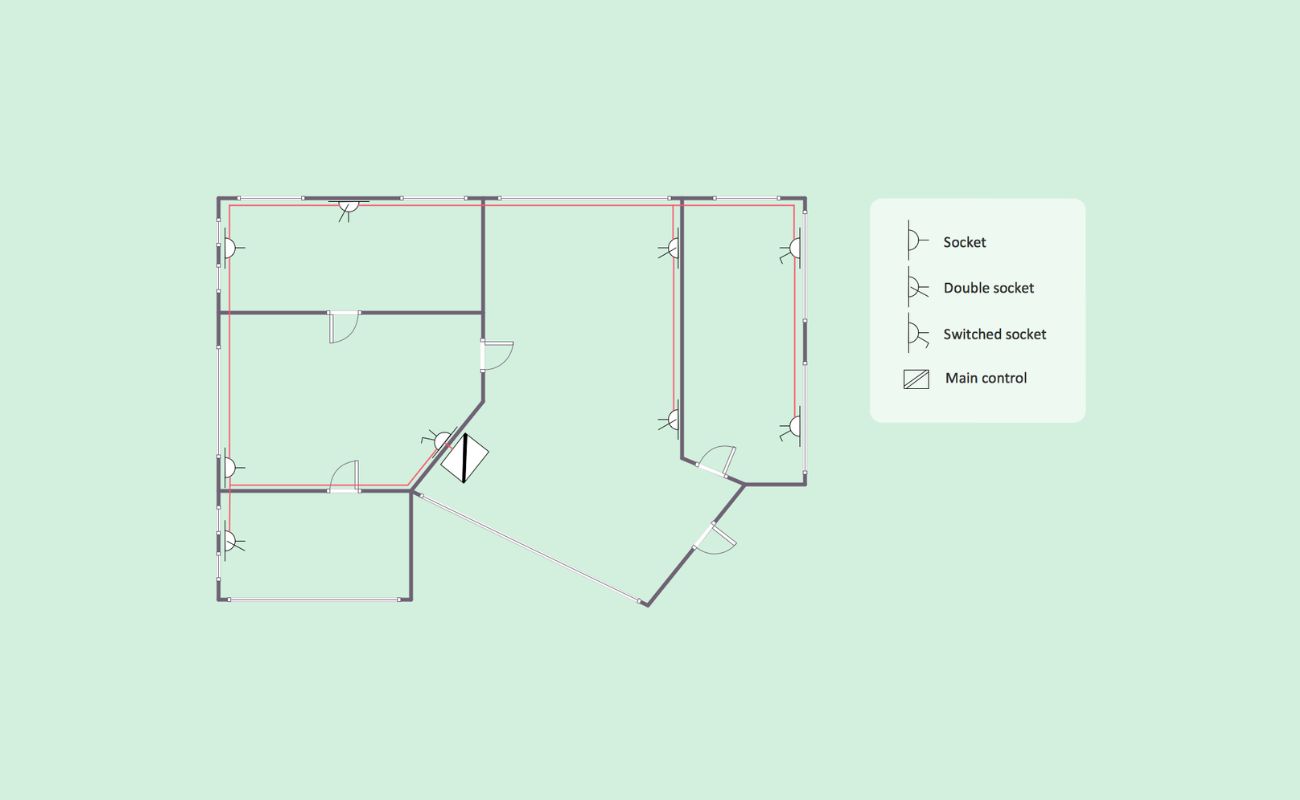

Architecture & Design
Under What Conditions Can The Electrical Plan Be Included On The Floor Plan
Modified: January 4, 2024
Learn about the conditions under which the electrical plan can be included on the floor plan in architecture design. Discover the benefits and considerations of this approach.
(Many of the links in this article redirect to a specific reviewed product. Your purchase of these products through affiliate links helps to generate commission for Storables.com, at no extra cost. Learn more)
Introduction
Welcome to our comprehensive guide on the integration of electrical plans with floor plans. In the world of architecture and design, the process of creating a functional and visually appealing space is complex and requires meticulous planning. One crucial aspect of this planning is the incorporation of the electrical plan into the floor plan.
Both the electrical plan and the floor plan play integral roles in the construction and design process. The floor plan showcases the layout of the building, including rooms, walls, and windows, while the electrical plan outlines the placement of electrical systems, outlets, and lighting fixtures. Traditionally, these two plans are created separately, but there are instances where it can be beneficial to combine them.
In this article, we will explore the advantages of integrating the electrical plan onto the floor plan. We will also discuss the factors to consider before implementing this integration and provide insights into when it is appropriate to do so. So, whether you are an architect, designer, or homeowner looking to optimize the efficiency and aesthetics of your space, read on to discover the possibilities of combining these two essential plans.
Key Takeaways:
- Integrating the electrical plan with the floor plan offers improved visualization, better space planning, enhanced collaboration, efficient construction, and potential cost savings, benefiting architects, designers, contractors, and homeowners alike.
- Carefully considering project complexity, building regulations, clarity, collaboration needs, and project timeline is crucial before integrating the electrical plan with the floor plan, ensuring successful and efficient project execution.
Read more: What Is A Floor Plan
Understanding Electrical Plans and Floor Plans
Before we delve into the integration of electrical plans with floor plans, let’s first gain a clear understanding of what each plan entails.
An electrical plan, also known as a wiring diagram or electrical layout plan, provides a detailed depiction of the electrical systems within a building. It includes information on the positioning of electrical outlets, switches, light fixtures, and other electrical components. The purpose of an electrical plan is to guide electricians and contractors during the installation process, ensuring that the building meets safety codes and regulations.
On the other hand, a floor plan is a graphical representation that illustrates the layout of a building’s interior. It showcases the different rooms, walls, windows, doors, and other architectural elements. Floor plans are instrumental during the design and construction phase as they allow architects, designers, and contractors to visualize and communicate the spatial arrangement of a building.
Typically, electrical plans and floor plans are created separately. However, combining these two plans can offer significant advantages in terms of efficiency, functionality, and aesthetics.
Now that we have a basic understanding of electrical plans and floor plans, let’s explore why including the electrical plan on the floor plan can be beneficial.
Benefits of Including the Electrical Plan on the Floor Plan
Integrating the electrical plan onto the floor plan can offer several advantages for architects, designers, contractors, and even homeowners. Let’s explore some of the key benefits of this integration:
- Improved Visualization: By combining the electrical plan with the floor plan, the entire layout of the building becomes more comprehensible. Architects and designers can easily assess how electrical systems interact with the overall structure, ensuring a harmonious integration of functionality and aesthetics.
- Better Space Planning: Including the electrical plan on the floor plan facilitates more informed decision-making when it comes to space allocation. Designers can strategically position electrical outlets, switches, and fixtures to optimize convenience and usability. This ensures that every room has sufficient electrical access while maintaining an aesthetically pleasing flow.
- Enhanced Collaboration: When both the electrical plan and floor plan are combined, it becomes easier for architects, designers, and contractors to collaborate effectively. By having a unified document, communication and coordination between different professionals are streamlined, reducing the likelihood of errors and misunderstandings.
- Efficient Construction: Integrating the electrical plan onto the floor plan can lead to smoother construction processes. Contractors and electricians can easily interpret and follow the combined plan, resulting in more efficient installations and reduced delays.
- Cost Savings: By including the electrical plan on the floor plan, potential conflicts or inefficiencies in the electrical system can be identified earlier in the design phase. This allows for timely adjustments and can help avoid costly modifications during the construction stage.
It’s important to note that while there are numerous benefits to integrating the electrical plan with the floor plan, it may not be suitable for every project. Certain factors need to be considered before implementing this integration, which we will explore in the next section.
When designing a floor plan, consider including the electrical plan if it helps to clearly communicate the placement of outlets, switches, and lighting fixtures. This can be especially useful for new construction or major renovations.
Factors to Consider before Including the Electrical Plan on the Floor Plan
While integrating the electrical plan with the floor plan can be advantageous, it’s crucial to consider a few factors before implementing this approach. Let’s explore these factors:
- Project Complexity: The complexity of the project plays a significant role in determining whether combining the electrical plan with the floor plan is feasible. For simple projects with straightforward electrical requirements, the integration may not be necessary. However, for larger, more intricate projects, such as commercial buildings or residential complexes, the inclusion of the electrical plan on the floor plan can aid in clarity and coordination.
- Building Regulations: It is essential to adhere to local building codes and regulations when designing electrical systems. Before combining the plans, ensure that including the electrical plan on the floor plan complies with these regulations. Consult with local authorities or a licensed electrician if necessary to ensure compliance.
- Clarity and Readability: When integrating the electrical plan with the floor plan, it is crucial to maintain clarity and readability. Both plans should be easily understandable and distinguishable. Consider using different colors, labels, or symbols to clearly identify electrical components and wiring.
- Collaboration and Communication: Evaluate the level of collaboration and communication required between the different professionals involved in the project. If seamless coordination is necessary, integrating the electrical plan with the floor plan can be beneficial. However, if the electrical and architectural components are relatively straightforward and can be easily understood separately, a combined plan may not be necessary.
- Project Timeline and Budget: Assess the project’s timeline and budget to determine the feasibility of integrating the plans. Combining the electrical plan with the floor plan may require additional time and resources during the design phase. Evaluate whether the potential benefits outweigh the added costs and time investment.
By carefully considering these factors, you can make an informed decision on whether to include the electrical plan on the floor plan for your specific project.
When Can the Electrical Plan Be Included on the Floor Plan
While there is no definitive rule on when the electrical plan should be included on the floor plan, there are certain scenarios where this integration can be particularly advantageous. Let’s explore some common situations where combining the two plans is recommended:
- New Construction: In the case of new construction projects, it is often beneficial to integrate the electrical plan with the floor plan from the early design stages. This allows for seamless coordination between the architectural layout and electrical systems, optimizing functionality and aesthetics.
- Renovations and Remodels: During renovation or remodeling projects, where structural changes are being made to an existing building, combining the electrical plan with the floor plan ensures that electrical components are properly updated. This integration helps to avoid any unforeseen issues arising from the modifications.
- Complex Design: For projects with intricate and complex designs, such as commercial buildings or multi-story residences, including the electrical plan on the floor plan can facilitate better visualization and ease of implementation. It allows for precise placement of electrical outlets, switches, lighting fixtures, and other components to support the building’s functionality and aesthetics.
- Integration of Smart Home Technology: As the demand for smart home technology increases, integrating the electrical plan with the floor plan becomes crucial. This integration ensures that the placement of electrical components supports the implementation of smart features, such as automated lighting, security systems, and energy management.
- Collaborative Projects: When multiple professionals, such as architects, designers, contractors, and electricians, are involved in a project, combining the electrical plan with the floor plan promotes better collaboration and communication. It ensures that all parties have a comprehensive understanding of the project and facilitates seamless coordination between design, construction, and electrical installation.
Remember, the decision to include the electrical plan on the floor plan should be made on a case-by-case basis, considering the specific needs and requirements of the project at hand.
Read more: What Is An In-Law Floor Plan
Conclusion
The integration of the electrical plan with the floor plan can be a valuable approach in the realm of architecture and design. By combining these two plans, architects, designers, contractors, and homeowners can reap numerous benefits, including improved visualization, better space planning, enhanced collaboration, efficient construction processes, and potential cost savings.
However, it is important to carefully consider certain factors before implementing this integration. Factors such as project complexity, building regulations, clarity and readability, collaboration and communication needs, as well as project timeline and budget, should all be taken into account. Evaluating these factors will help determine the suitability and feasibility of including the electrical plan on the floor plan for a specific project.
In certain situations, such as new construction projects, renovations and remodels, complex designs, integration of smart home technology, and collaborative projects, the integration of the electrical plan with the floor plan can be particularly advantageous. It allows for seamless coordination of architectural and electrical components, optimizing functionality, aesthetics, and overall project success.
In conclusion, the decision to combine the electrical plan with the floor plan should be made with careful consideration and a thorough understanding of the project’s requirements. When implemented effectively, this integration can contribute to the success and efficiency of the design and construction process, ultimately resulting in a functional and visually appealing space.
Frequently Asked Questions about Under What Conditions Can The Electrical Plan Be Included On The Floor Plan
Was this page helpful?
At Storables.com, we guarantee accurate and reliable information. Our content, validated by Expert Board Contributors, is crafted following stringent Editorial Policies. We're committed to providing you with well-researched, expert-backed insights for all your informational needs.


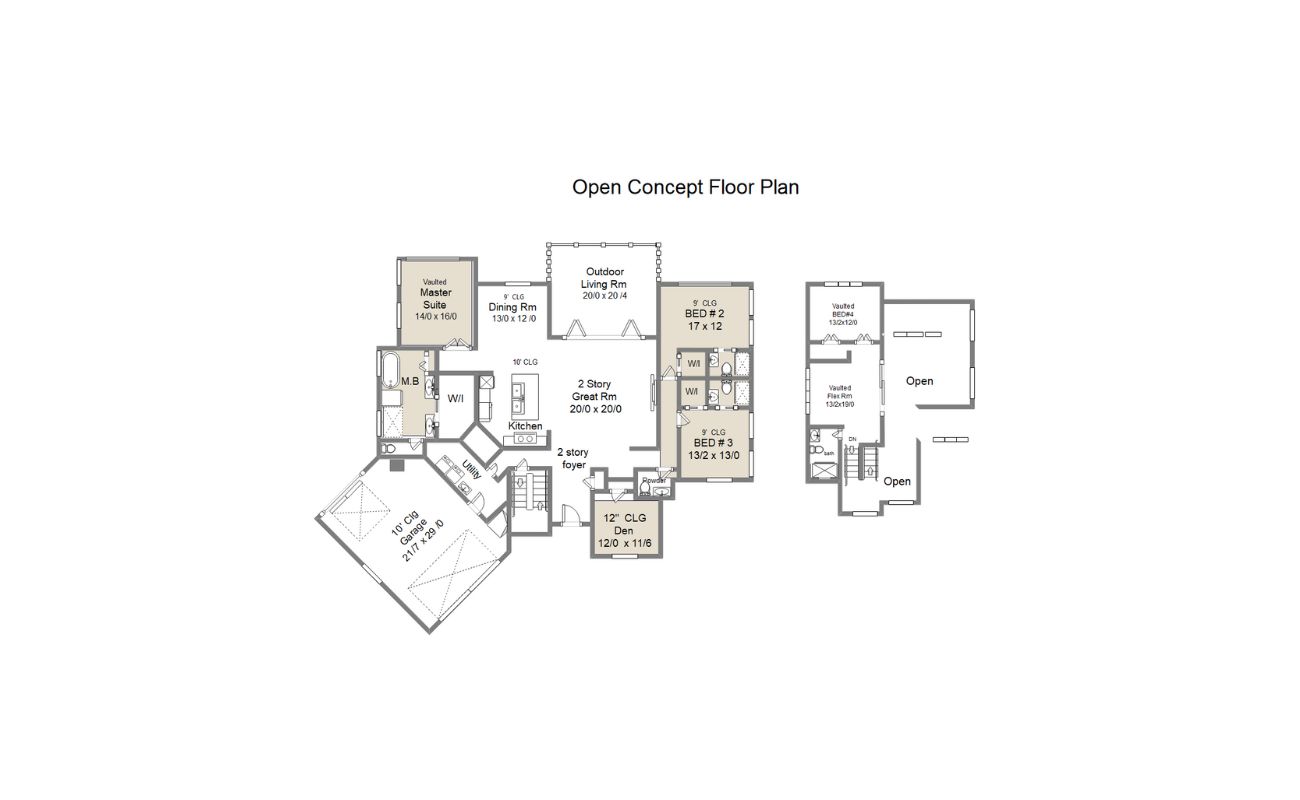
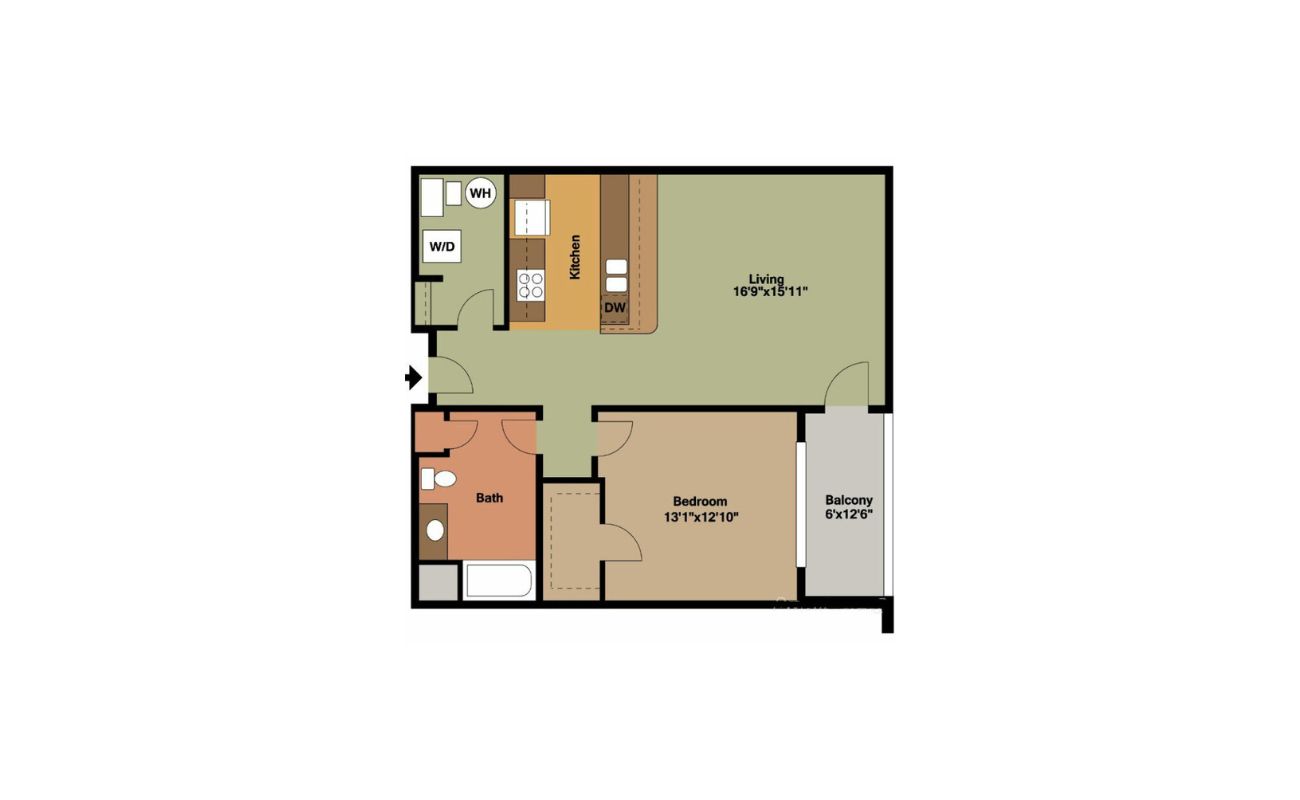
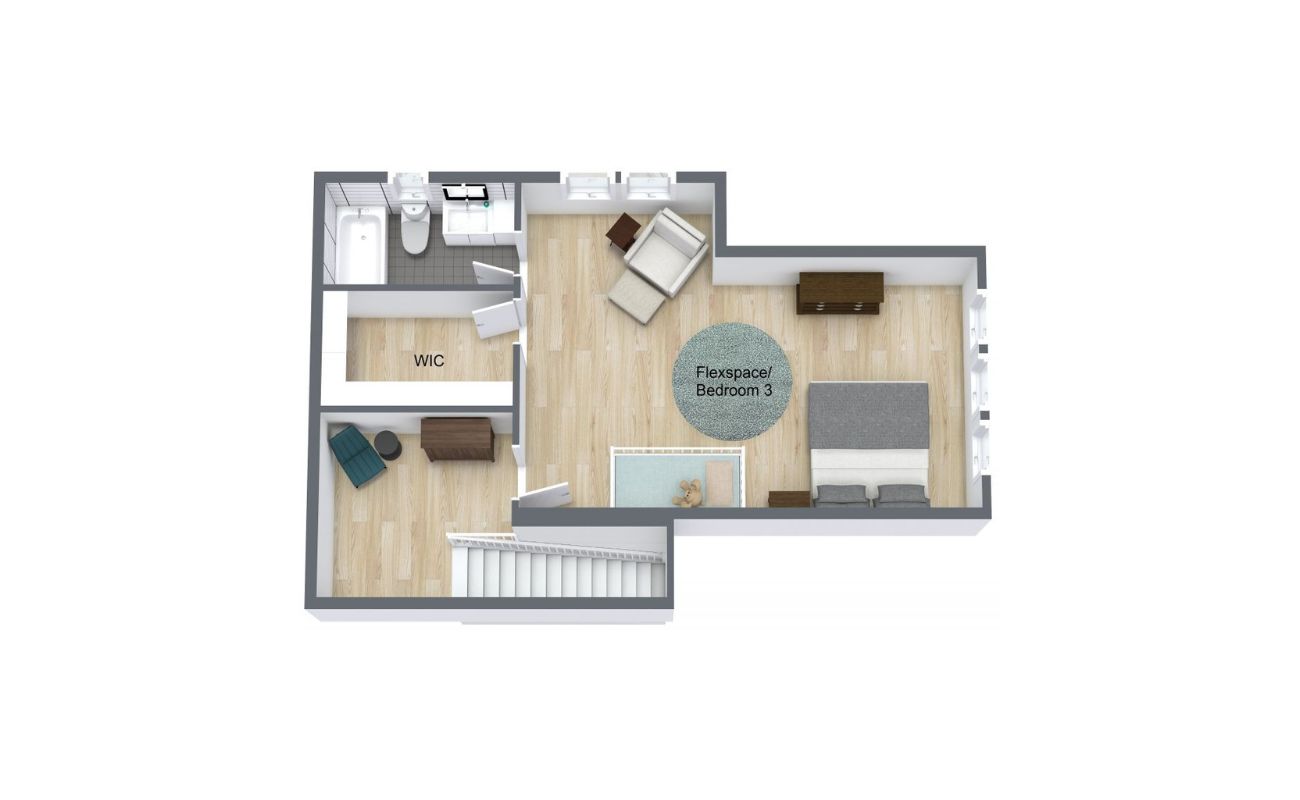
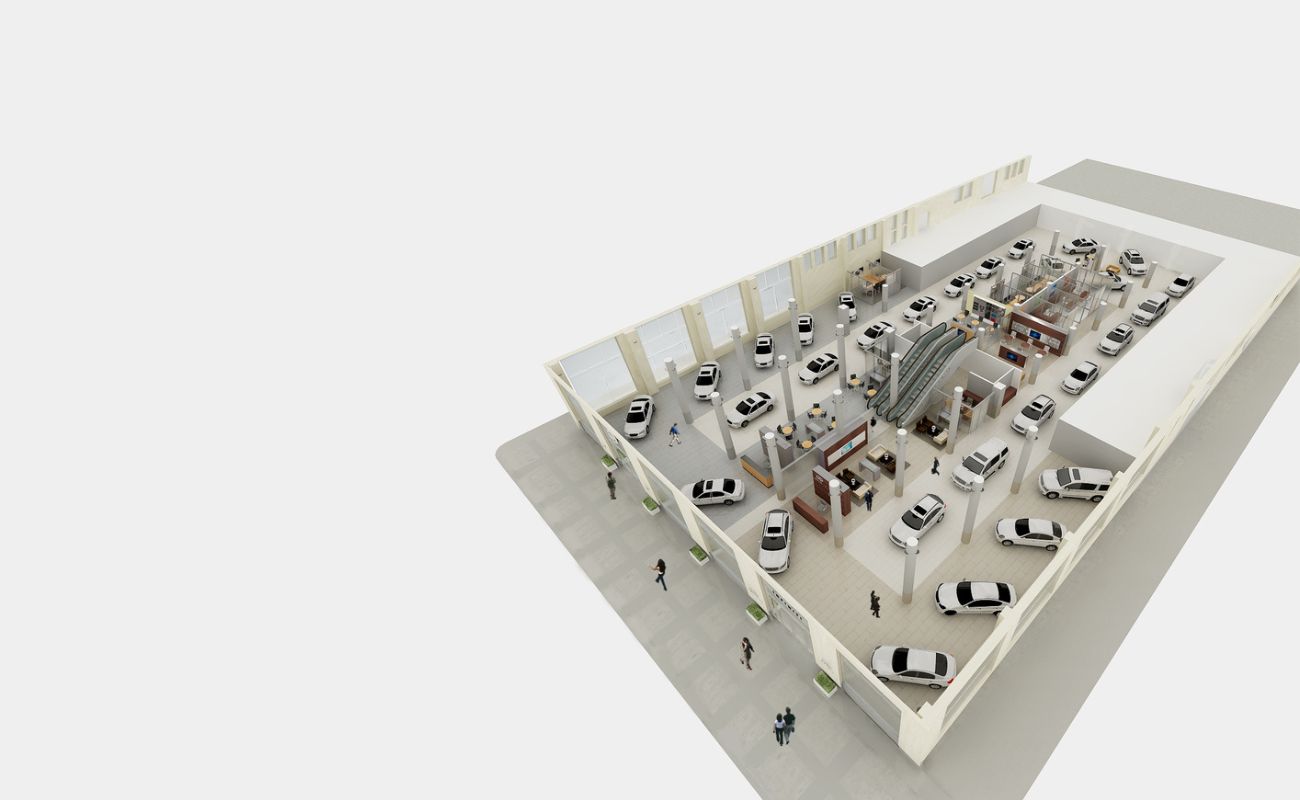
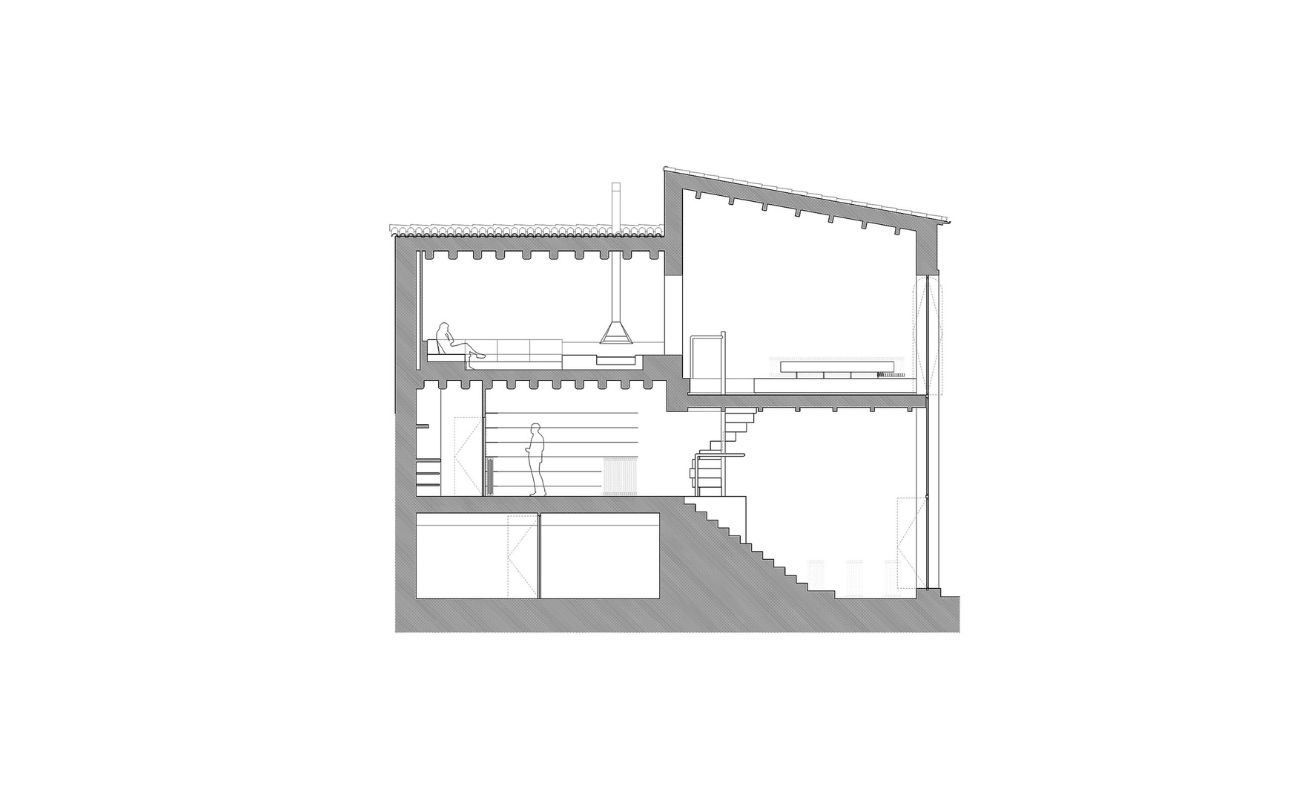

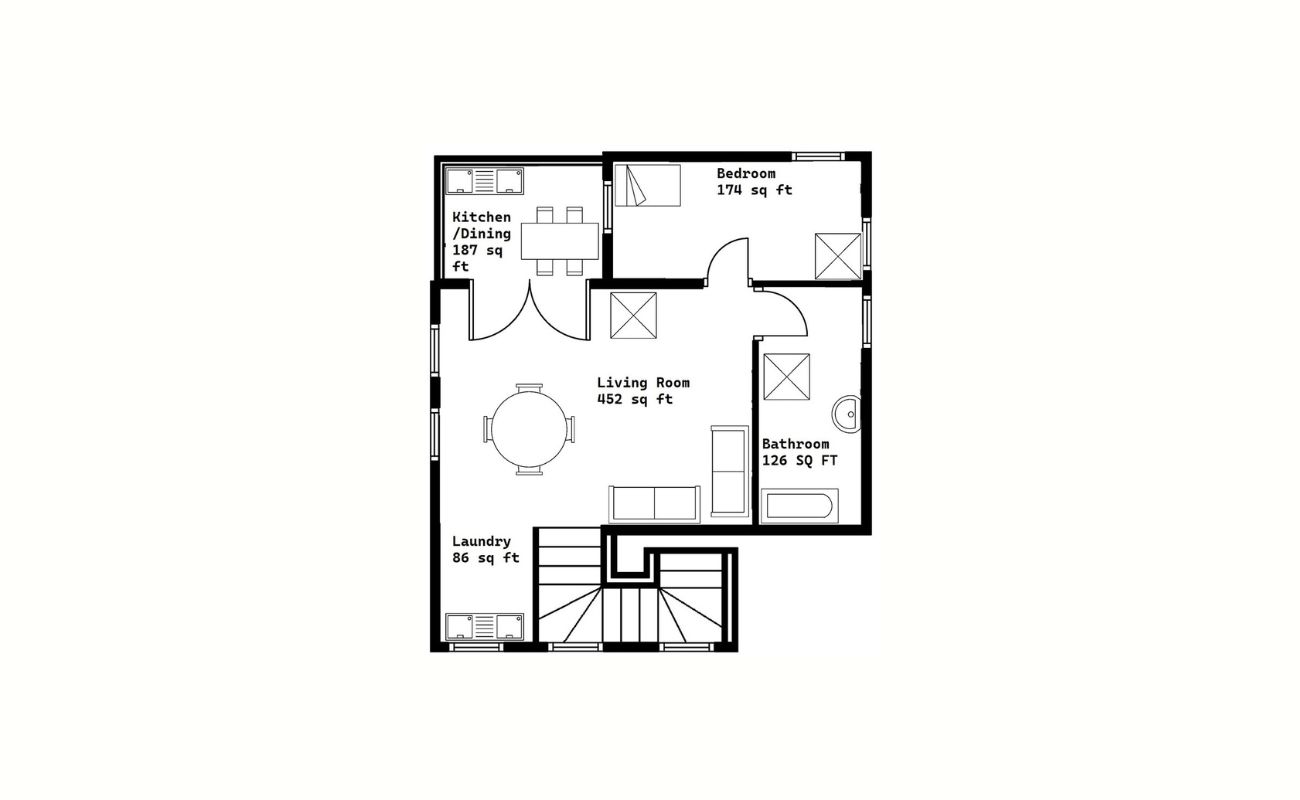

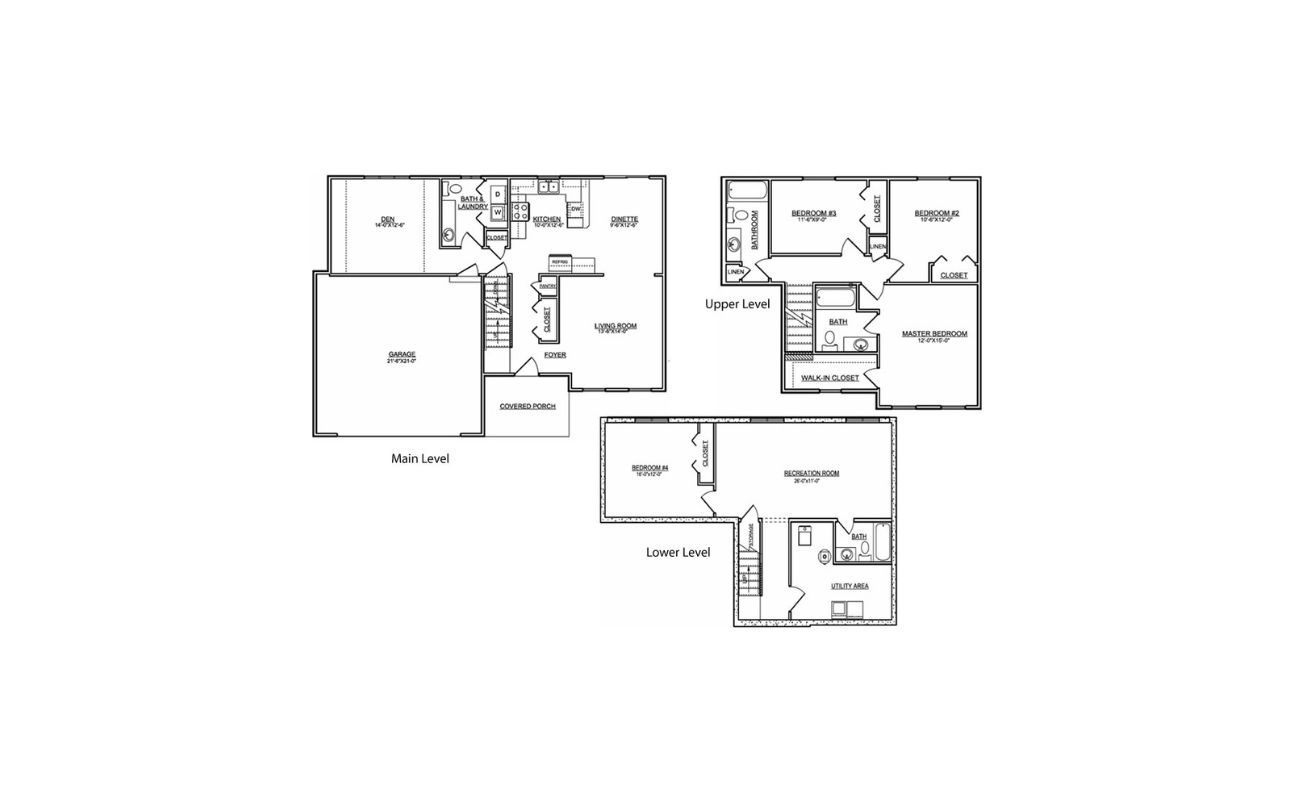
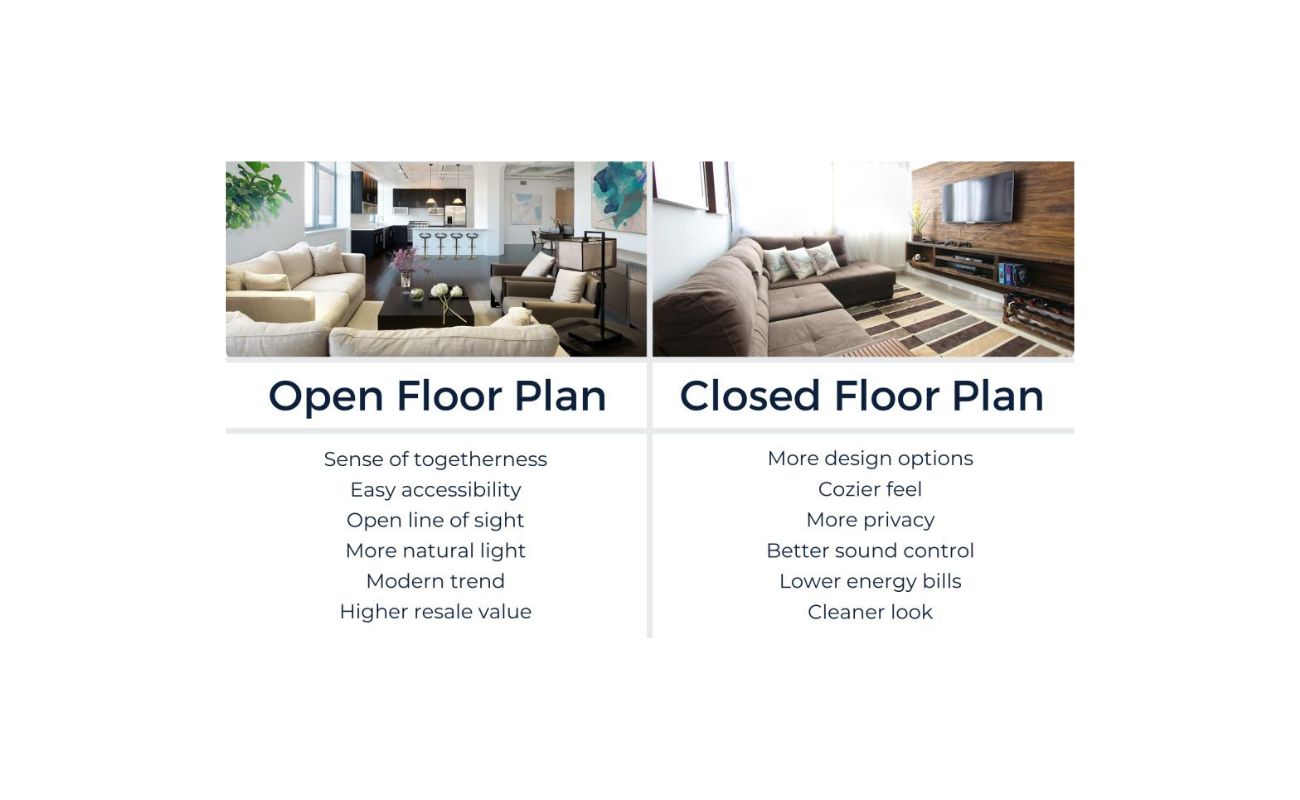

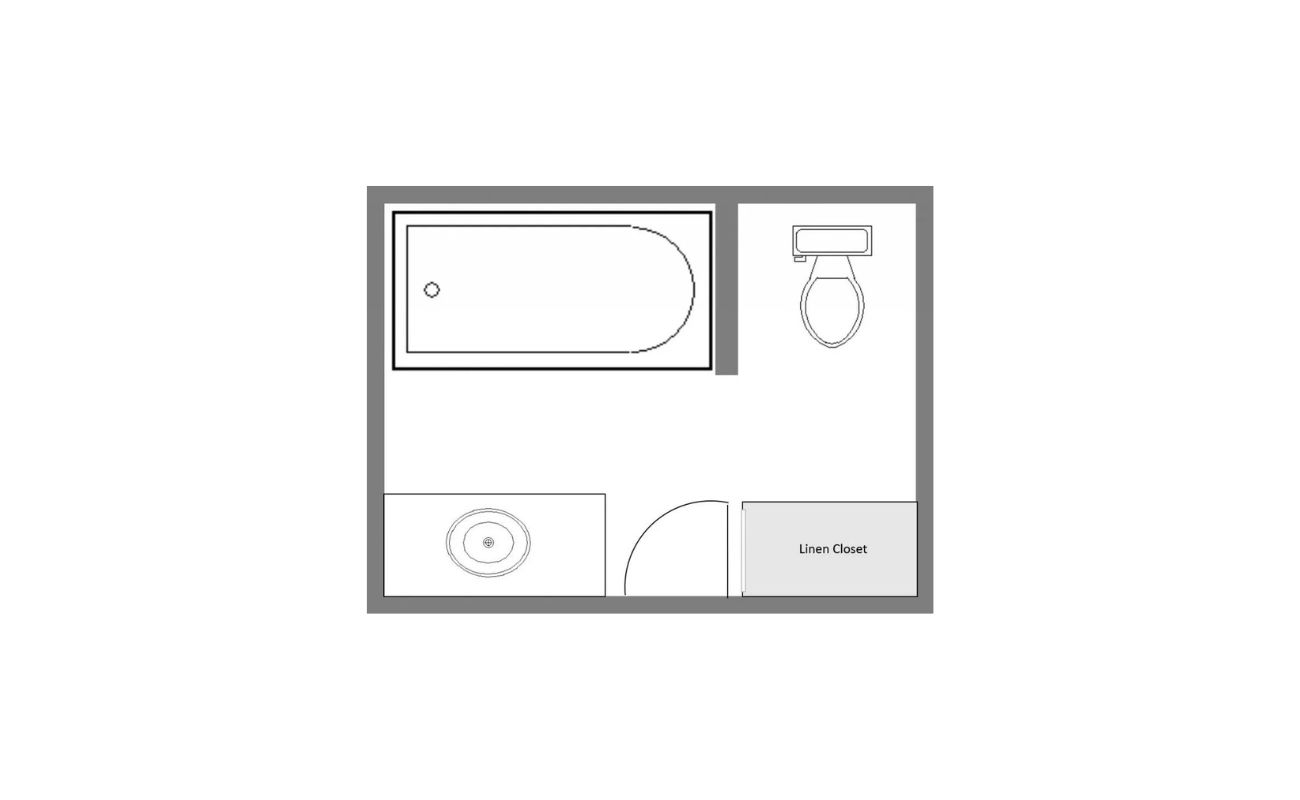

0 thoughts on “Under What Conditions Can The Electrical Plan Be Included On The Floor Plan”